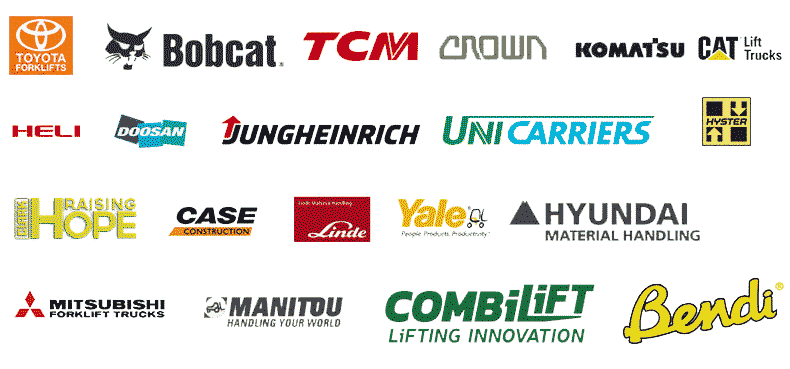24-hour hotline:+8613662168047
Keyword search: battery plant , lithium battery factory , power bank works , lifepo4 battery mill , Pallet Trucks LiFePO4 Battery, LiFePO4 Pallet Trucks Battery, Lithium Pallet Trucks Battery,
2. The structure of lithium-ion batteries,
Lithium ion batteries rely heavily on the movement of lithium ions between the positive and negative electrodes for operation. During the charging and discharging process, Li+is intercalated and de intercalated back and forth between the two electrodes. The important positive electrode material is that the active substances of lithium are generally lithium manganese oxide or lithium cobalt oxide, nickel cobalt lithium manganese oxide material (commonly known as ternary), lithium iron phosphate, and other active lithium compounds. The important negative electrode material is the use of lithium carbon interlayer compound LiXC6, which is a carbon material with good performance and chemical stability. Graphene, carbon fiber, glass carbon, and other materials have attracted more and more attention from lithium-ion battery manufacturers and investment institutions due to its excellent charging and discharging performance. The electrolyte is usually carbonate solvent dissolved with lithium hexafluorophosphate, while the polymer uses gel electrolyte. At present, the energy density of the relatively hot lithium ion battery is about 100~150Wh/kg, which is obviously much higher than that of the lead-acid battery. Due to the use of organic solvents in the electrolyte, its conductivity is very weak. This reduces the self discharge of lithium-ion batteries. Allow high current charging during charging. So the charging of lithium-ion batteries can generally reach 1C.
The production process of lithium-ion batteries is currently very mature, but there is still a long way to go in terms of localization of core materials such as positive and negative electrode materials and separators. With the continuous progress and development of assembly technology, as well as a large amount of domestic capital pouring into the lithium-ion battery industry chain. Key raw materials are constantly breaking through, and in addition, a large number of newly started lithium-ion battery manufacturers in the past two years will be built and put into operation in the next two years, which will inevitably lead to an excess production of lithium-ion batteries and a price drop. With the intensive investment of capital and the improvement of the upstream and downstream industry chains, the price of lithium-ion batteries will inevitably reach a level acceptable for low-speed electric vehicles. More importantly, the material structure of lithium-ion batteries determines that they do not pose a significant risk of environmental pollution.

Lithium Batteries ,Ensure Quality
Our lithium battery production line has a complete and scientific quality management system
Ensure the product quality of lithium batteries

Years of experience in producing lithium batteries
Focus on the production of lithium batteries

WE PROMISE TO MAKE EVERY LITHIUM BATTERY WELL
We have a comprehensive explanation of lithium batteries


QUALIFICATION CERTIFICATE
THE QUALITY OF COMPLIANCE PROVIDES GUARANTEE FOR CUSTOMERS
MULTIPLE QUALIFICATION CERTIFICATES TO ENSURE STABLE PRODUCT QUALITY
Providing customers with professional and assured products is the guarantee of our continuous progress.




Applicable brands of our products


 Service hotline
Service hotline